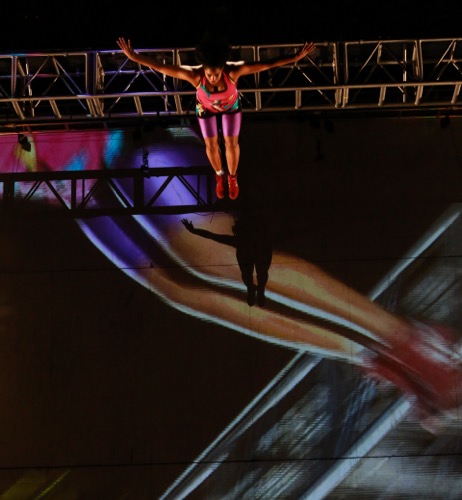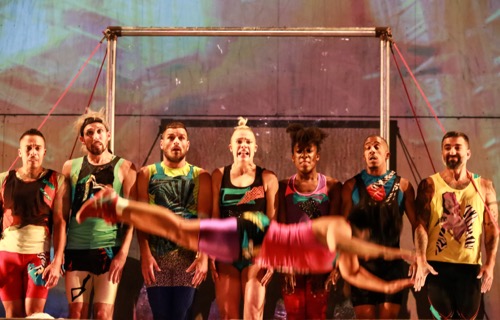
by Cara Marie Gary
As a dancer with The Joffrey Ballet I spend countless hours in the studio rehearsing and preparing for upcoming productions. Often times I will be required to rehearse multiple ballets at the same time. Our company returned from summer break in late July and in the past three months we’ve already worked on seven different ballets! We’ve performed at the Chicago Dancing Festival and Dance for Life performances with Alexander Ekman’s Episode 31, Lar Lubovitch’s Othello pas de deux, Christopher Wheeldon’s After The Rain pas de deux, and Gerald Arpino’s Round of Angels. We’ve learned Myles Thatcher’s Body of Your Dreams, which is a ballet that we won’t perform until the spring. We began “cracking nuts” early in August as Christopher Wheeldon started choreographing his world premiere of The Nutcracker. However, in the past two weeks we’ve taken a pause from rehearsing multiple ballets to focus on our fall production of Krzysztof Pastor’s Romeo & Juliet. [Read more…]






![By Mikael Häggström (w:Gray's muscle pictures) [Public domain or Public domain], via Wikimedia Commons](http://www.4dancers.org/wp-content/uploads/2016/09/491px-Muscle_posterior-246x300.png)





